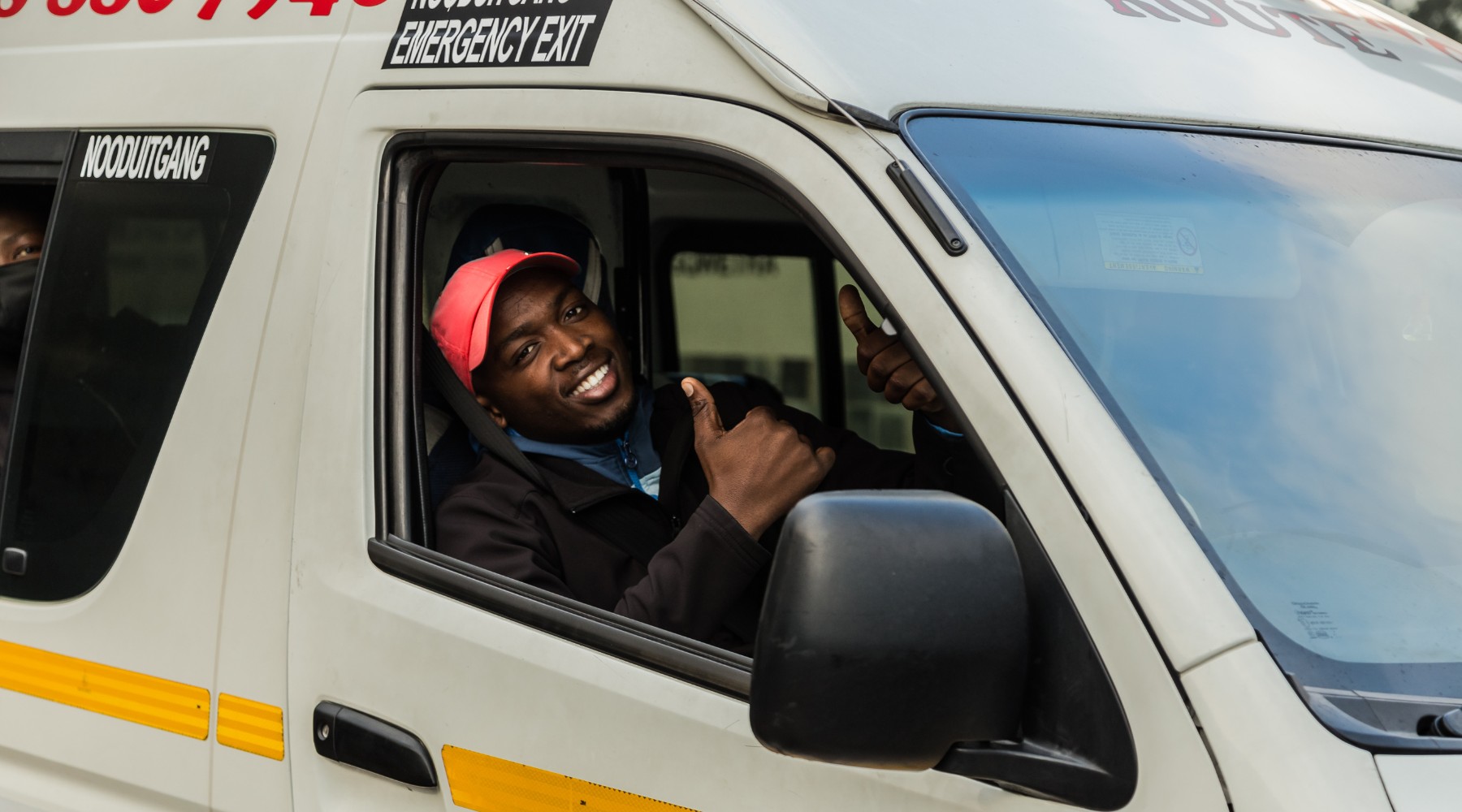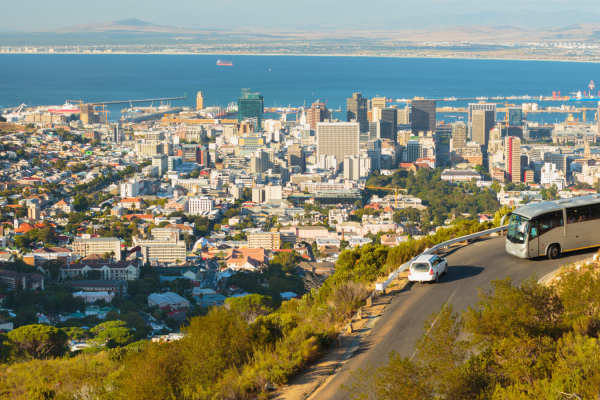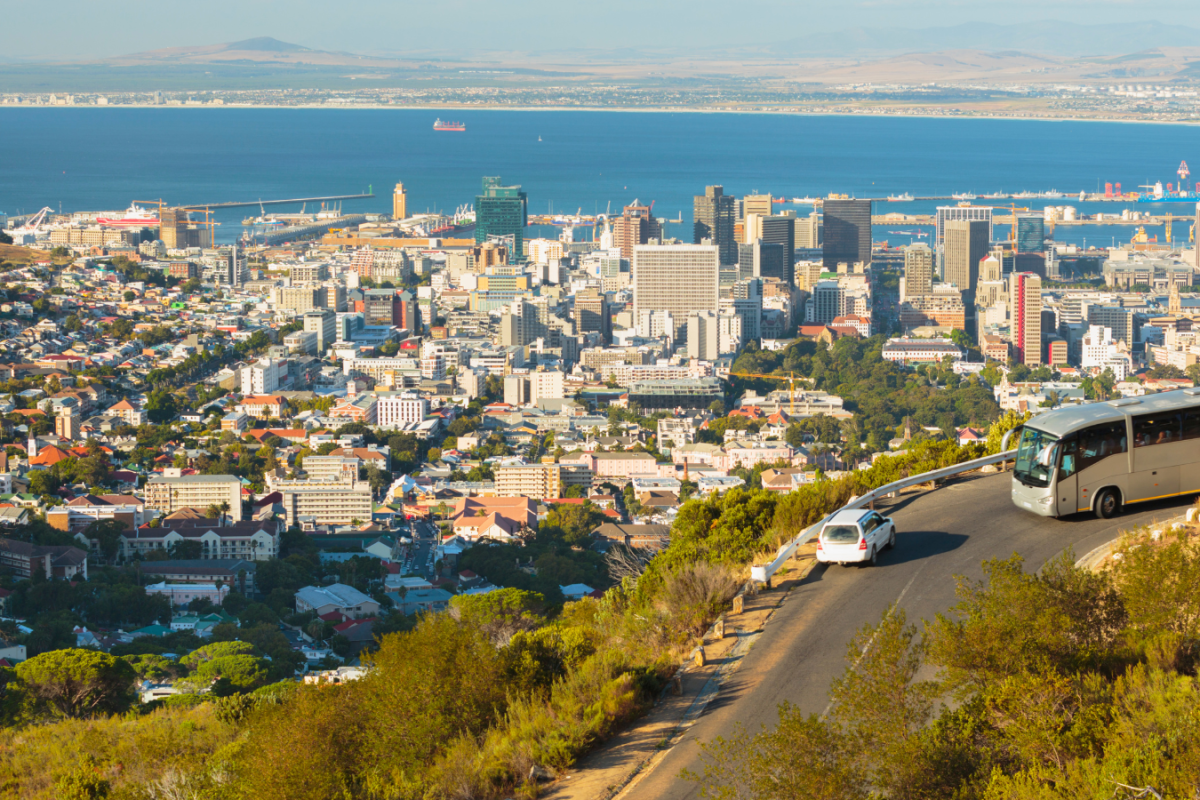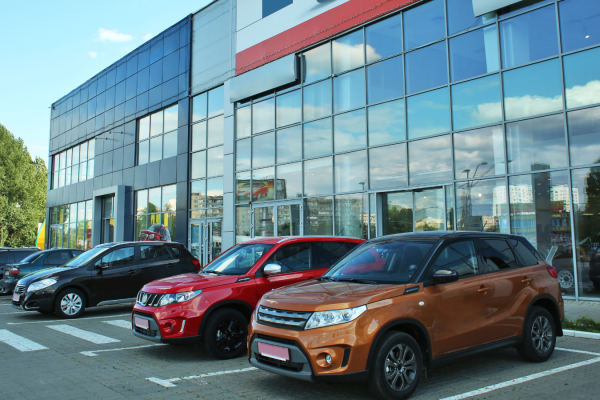Quick guide to Taxi's in Africa


So, you’ve booked your trip to Africa, completed your Duolingo lessons and can properly pronounce “Sanibonani” but you’re still not sure how to get around.
While some might discourage you from using this local transportation service, taxi's are an integral part of life in Africa and if you truly want the full experience, you're going to have to hop into one at some stage.
In this article, we look at the colourful differences and cultural significance of the African Taxi.
South Africa

We start at the southernmost tip of Africa, aptly nicknamed “Mzansi” (south). Here, SA taxi drivers move like they have their own set of road rules which often annoys other road users but will get passengers to their destinations faster.
iLocal Taxi
There are 2 kinds of SA taxis. The first is iLocal which as the name implies, operated locally within a township. A local taxi can be a Toyota Avanza, Venture or older Mazda sedan vehicles. To get on one, simply point your index finger down and let the driver know where your stop is.
The Quantum
The other kind of taxi is a 16-seater Toyota Quantum. You can catch one at a taxi rank where a Rank Marshal will direct you to one that is heading to your destination. Here, you will sit in the taxi and wait for it to reach capacity before riding into the sunset.
Alternatively, you can stop one on the move by pointing your index finger up to the sky and the taxi will pick you up and drop you off at the nearest town.
Specific areas in the Gauteng province have their own signals. If you are ever in Midrand area and you raise four fingers, you’ll get a taxi to Fourway. If you are heading to Southgate near Soweto from downtown Johannesburg simply raise three fingers to hail your taxi. Making your way to Bree or Noord taxi rank from Auckland Park, Cresta or Braam? Spreading all your fingers in the air like a big high five should sort you out. Just always ensure you’re standing on the side of the road your taxi is driving on so you don’t go the wrong way!
Most people don't know all the taxi hailing signals, so ask someone close by what you should be showing and you'll see how friendly South African's can be.
Tanzania
 If you are gearing up to climb Mount Kilimanjaro or swim in the crystal blue waters of Nakupenda Island, you might find yourself in a Dala Dala. This is Tanzania’s most widely used mode of public transport which comes in the form of a white minibus.
If you are gearing up to climb Mount Kilimanjaro or swim in the crystal blue waters of Nakupenda Island, you might find yourself in a Dala Dala. This is Tanzania’s most widely used mode of public transport which comes in the form of a white minibus.
You will never miss one because the driver, also called the “Mpingandebe” which means “the one who beats the drum” will be loudly banging on a drug to grab your attention.
Kenya
 Are you visiting Kenya? Say “Habari” to Kenya’s Matatu. These colourful, eye-catching minibus taxis covered in graffiti or plastered with pictures of celebrities.
Are you visiting Kenya? Say “Habari” to Kenya’s Matatu. These colourful, eye-catching minibus taxis covered in graffiti or plastered with pictures of celebrities.
Even if you prefer to use private rides like Ubers, give a Matatu a try because their interiors are fitted with strobe lights and huge speakers - making for an exciting ride that feels like a night out at the club.
Nigeria
 Driving in Lagos traffic may have you feeling like you’re in Los Angeles - so hop into a Dalfo to get the authentic Nigerian experience. There yellow mini buses replaced the New York style yellow cabs because they carry more passengers. Alternatively, you can hail one of the old school green Audi A3s or VW Passats which now roam the streets looking for customers who want a little more privacy (and space).
Driving in Lagos traffic may have you feeling like you’re in Los Angeles - so hop into a Dalfo to get the authentic Nigerian experience. There yellow mini buses replaced the New York style yellow cabs because they carry more passengers. Alternatively, you can hail one of the old school green Audi A3s or VW Passats which now roam the streets looking for customers who want a little more privacy (and space).
Of course, you can also enjoy your African experience in the back of an Uber, Bolt, or a car driven by a private driver as these services are available in most African countries.
You might even be tempted to hire a car, get into the driver’s seat and take the wheel on your trip but consider enriching your African experience by using public transport. This will allow you to relax through your trip and not worry about other road users who take the laws of the road as a mere suggestion.
Enjoy your road trip through Africa, and if you ever want to call SA home, Wise Move will be here to help you get your things to where they need to be.
What do our customers say?




















